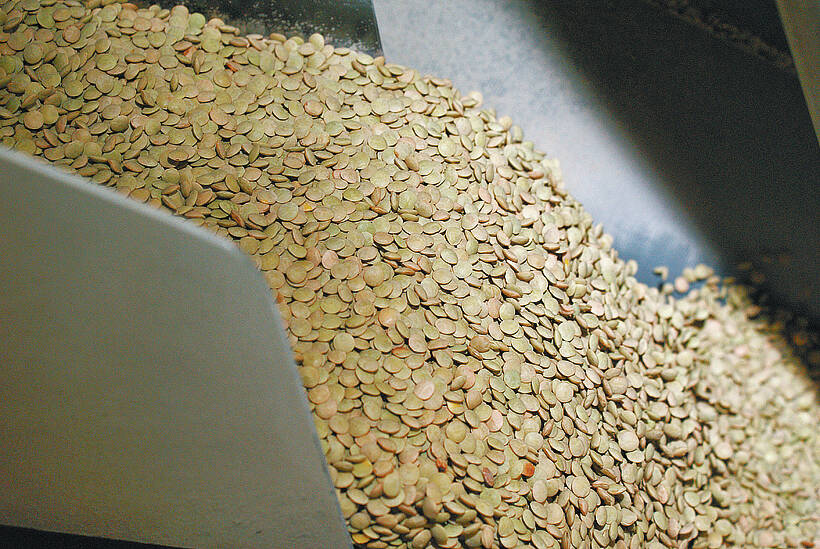Light at end of the tunnel?
It is a lucky thing most prairie farmers are on the combine and don’t have time to worry about the carnage in world stock and commodity markets.
It might be a case of it being darkest before the dawn, especially for wheat.
Some alarmist analysts are speculating about global deflation. Grain markets are reeling under an onslaught of bearish news.
The biggest problem is the Asian financial crisis that has devalued currencies in the Pacific Rim, slowed their economies and made it more difficult for them to buy grain and other commodities from the West.
Read Also

Green lentil market oversupplied
Farmers in Western Canada can expect price pressure on their new crop of green lentils, as the available supplies among the world’s major lentil-growing nations increase significantly.
A second factor is the large crops being harvested in grain exporting countries. In the United States, the situation is compounded by large stocks from last year still in the bin. With little space for storage, grain is coming off the combine into elevators, driving down prices.
Last week, markets were hit by the Russian financial collapse. Commodity traders bid the market down on expectations that Russia would increase exports of oil and minerals to get foreign capital.
Although all appears dark now, some factors could brighten the picture.
As harvest winds up in the northern hemisphere, grain markets will shift focus from supply to demand.
Importers won’t be able to pass up bargain-priced grain. Sales will begin, perhaps at a cautious pace, but the trade will make market analysts more optimistic.
And although there are no official announcements yet that the massive flooding of the Yangtze River in China will lead to increased grain imports, it is possible.
The International Grains Council forecast last week China’s large stocks of wheat are likely to offset most damage caused by recent floods. Imports of better quality wheat are forecast at three million tonnes, up one million from last year.
And when importers start buying, they will probably turn first to Canada and Australia. The appreciation of the U.S. currency has made its grain expensive compared to that from Canada and Australia.
Though markets will focus on demand, they won’t forget supply. When estimates of U.S. fall seeding come out in early winter, they will probably show a big decrease in wheat area.
Expect also to see markets react to news stories about the agricultural impacts of a La Nina year, which could be as dramatic as its better known relative El Nino.














